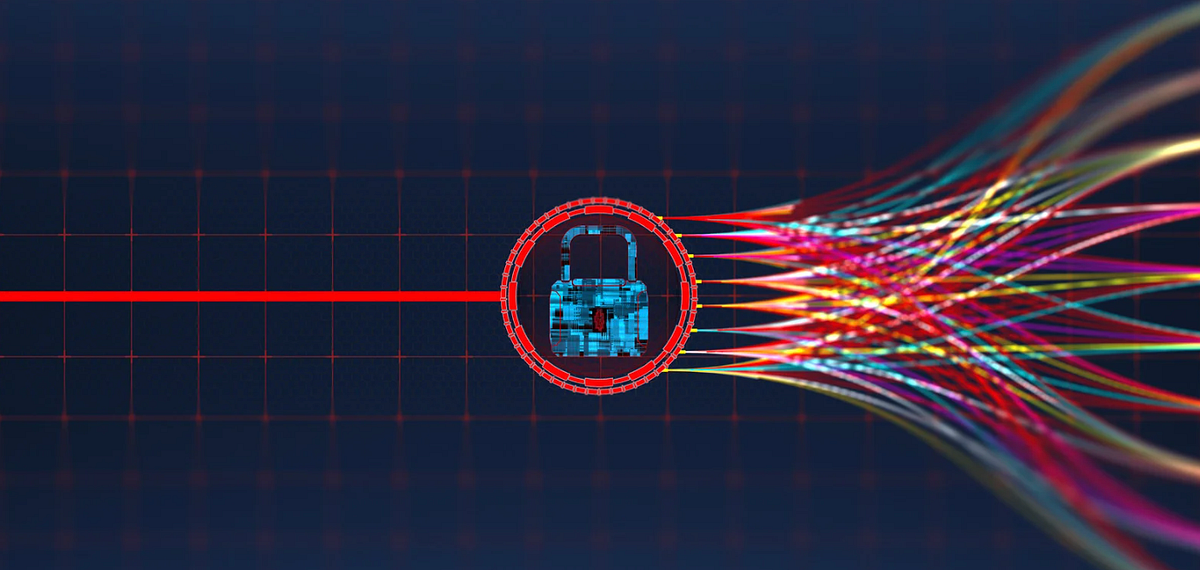Enhancing TreePIR for a Single-Server Setting via Resampling
arXiv:2510.04882v1 Announce Type: new Abstract: Private Information Retrieval (PIR) allows a client to retrieve an entry $\text{DB}[i]$ from a public database $\text{DB}$ held by one or more servers, without revealing the queried index $i$. Traditional PIR schemes achieve sublinear server computation only under strong assumptions, such as the presence of multiple non-colluding servers or the use of public-key cryptography. To overcome these limitations, \textit{preprocessing PIR} schemes...



